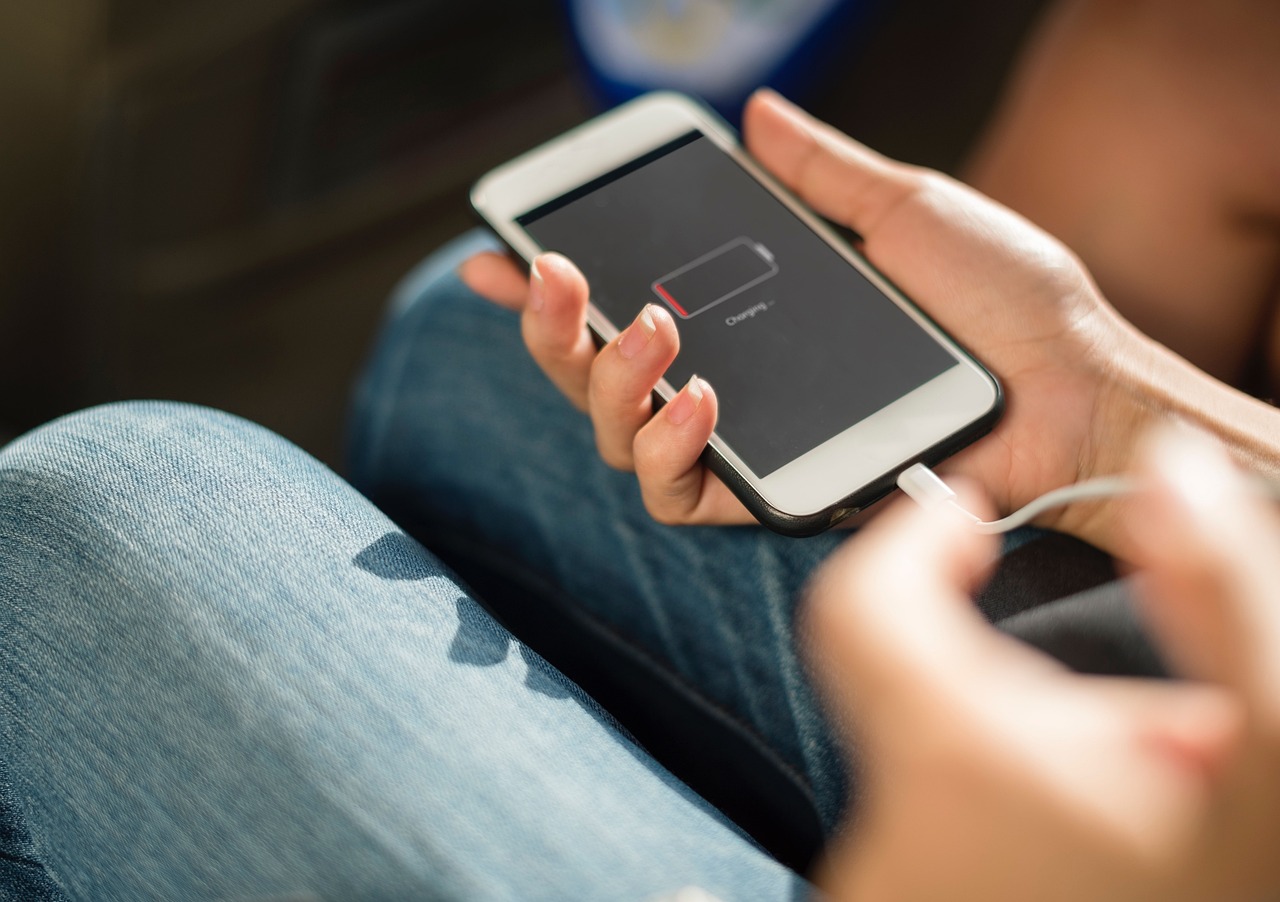An American company, utilizing German technology, has opened a new chapter in the history of aviation. Joby Aviation’s hydrogen fuel cell-powered, electric, vertical take-off and landing (eVTOL) air taxi recently completed its first flight, setting a remarkable record in the process. This flight not only demonstrated the superiority of hydrogen technology over traditional battery-powered systems but also showcased the future potential of eco-friendly aviation.
Table of Contents
A Record-Breaking First Flight
Joby’s unique hydrogen-electric S4 eVTOL air taxi covered a distance of 841 kilometers (approximately 522 miles) on its maiden voyage. Instead of emitting harmful fumes, it left only a trail of water vapor. Remarkably, even after this long flight, the aircraft still had 10% of its fuel left in the tank. This achievement far surpassed the previous record of 249 kilometers (about 155 miles) set by Joby’s battery-powered aircraft in 2021.
Technical Specifications
The S4 is a six-rotor aircraft capable of carrying five passengers. The full-sized prototype first took to the skies in 2017, and the current models are pre-production prototypes. The term eVTOL stands for electric Vertical Take-Off and Landing, highlighting its ability to take off and land without the need for a runway. The record-setting flight was powered by German company H2Fly’s technology, which Joby acquired in 2021. At the heart of this system is the H175 fuel cell, which generates heat, water, and electricity from ultra-cold liquid hydrogen and atmospheric oxygen.
Why Hydrogen?
Underneath the surface of eco-friendly technology development, lithium-ion batteries and hydrogen technology are in a race. So far, batteries have typically won out due to considerations like cost and safety. However, a crucial factor in this competition is energy density, which refers to how much energy can be extracted from a given mass of material. In this regard, hydrogen and gasoline outperform batteries significantly.
To achieve a range similar to that provided by a tank of gasoline, an electric car needs a battery weighing between half a ton and a ton. The development of batteries has been slow, often promising radical improvements that rarely come to fruition.
Hydrogen, when burned, contains three times the energy of gasoline, although its energy density by volume is only a quarter. Despite the challenges in producing, storing, and handling hydrogen safely and efficiently, its potential as an aviation fuel is immense.
The Aviation Edge
In aviation, weight is a critical factor. Unlike ground vehicles, where Elon Musk has criticized hydrogen fuel cells as impractical, the benefits of hydrogen in aviation are significant. The aviation industry was responsible for 2% of global carbon dioxide emissions in 2022, according to the International Energy Agency. Therefore, using hydrogen in aviation represents a potential leap forward in reducing environmental impact.
The Joby S4’s Hydrogen System
The record-breaking H175 fuel cell in the Joby S4 was fueled by a tank containing 40 kilograms of liquid hydrogen stored at -251 degrees Celsius. While the aircraft does have batteries on board, their role is primarily to handle the energy-intensive processes of take-off and landing, after which the hydrogen system recharges them.
H2Fly initially received €9.2 million from the German Ministry of Transport to develop the H175 system, with the goal of creating megawatt-level fuel cells for 80-seat aircraft.
Looking to the Future
While hydrogen-powered propulsion systems are still in the experimental stage, widespread adoption will require extensive technical testing and official certifications. Despite these hurdles, Joby’s first flight demonstrated the technical possibilities of hydrogen aviation. The company believes that with a mature system, a range of 1,500 kilometers (about 932 miles) is realistically achievable.
Joby originally planned to launch battery-powered air taxis globally by 2025, but the new range potential of hydrogen technology could dramatically shift their plans. Hydrogen-powered air taxis, capable of transporting people or cargo quickly and without pollution, could outpace traditional aviation and even rival other transportation infrastructures, such as buses, trains, and trucks.
Completing the Puzzle
Two key pieces are needed to make hydrogen aviation economically viable: efficient hydrogen production and storage, and the development of autonomous flight. Offshore wind farms could potentially produce large amounts of hydrogen locally, providing a plentiful and cheap supply. Additionally, while autonomous ground transportation faces significant challenges due to unpredictable human behavior, autonomous aviation could avoid these issues, making it a more straightforward solution.
In conclusion, Joby Aviation’s use of hydrogen technology not only sets new records but also points towards a future where air travel is cleaner, more efficient, and potentially more accessible. The recent flight of the S4 eVTOL air taxi is just the beginning of what could be a revolutionary change in how we think about and utilize aviation.
American Company with German Technology: Joby Aviation’s Historic Flight
An American company, utilizing German technology, has opened a new chapter in the history of aviatio…
Phones Never Running Out of Battery? Chinese Startup Develops Nuclear Battery to Last 50 Years on a Single Charge
The anxiety of our phone’s battery running out could become a thing of the past as a Chinese s…
Harnessing the Power of the Sun: How Solar Panels Work
In our quest for cleaner energy sources, solar panels have emerged as a shining beacon of hope. They…


